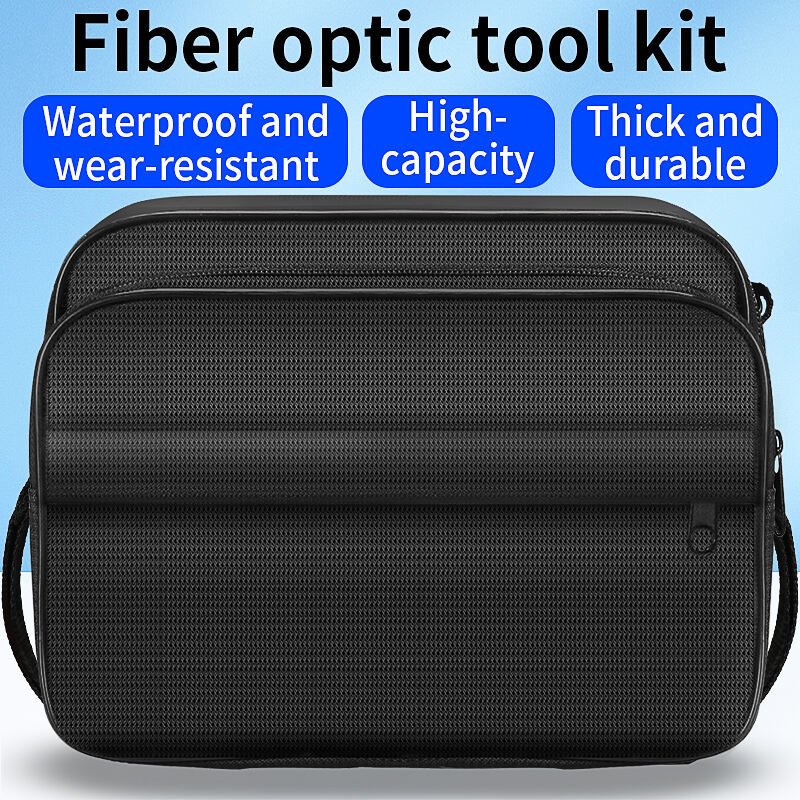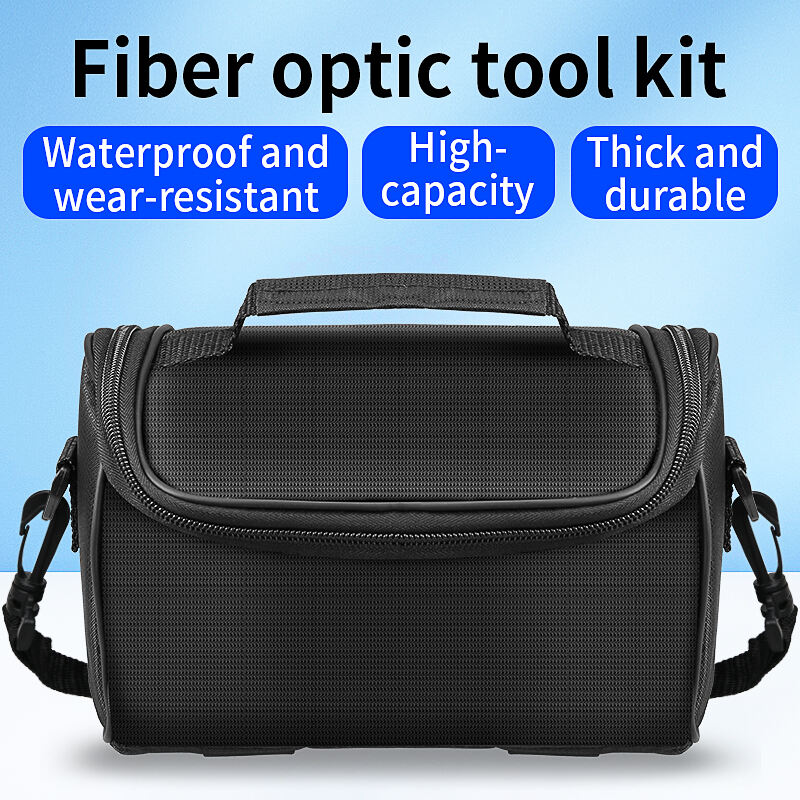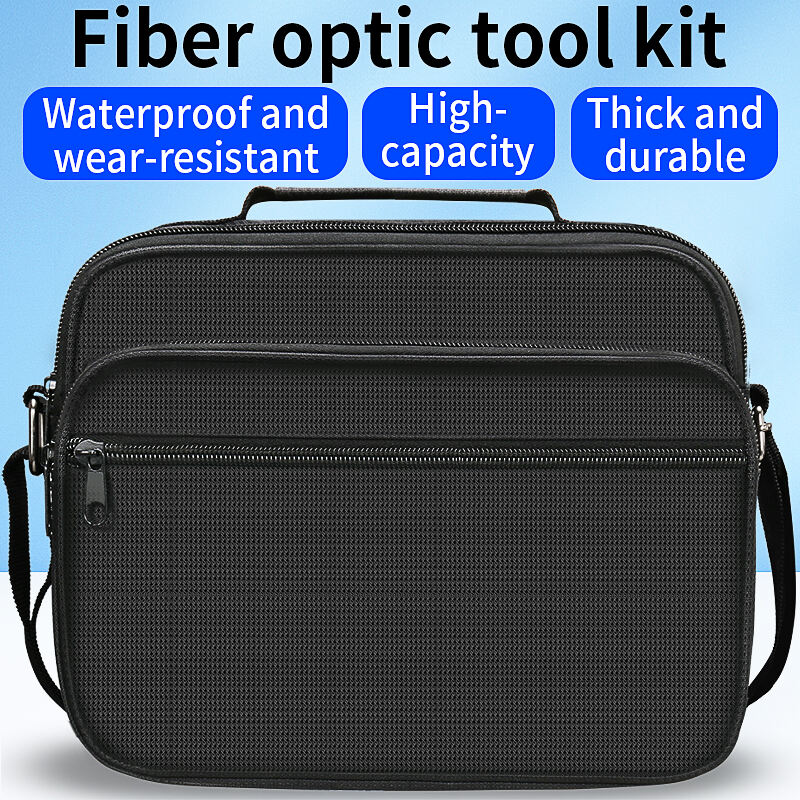tools for splicing fiber optic
Fiber optic splicing tools represent essential equipment in modern telecommunications infrastructure maintenance and installation. These sophisticated tools are designed to join optical fibers with precision, ensuring minimal signal loss and maximum transmission efficiency. The core component is the fusion splicer, which uses an electric arc to melt and fuse fiber ends together, creating a seamless connection. Modern splicing tools come equipped with advanced features such as automatic alignment systems, real-time loss estimation, and built-in heating elements for splice protection. The toolkit typically includes precision fiber cleavers, strippers, and cleaning supplies to ensure optimal splice quality. High-end models feature touchscreen interfaces, multiple splicing modes, and environmental compensation systems that adjust splicing parameters based on temperature, humidity, and altitude. These tools support various fiber types, including single-mode and multimode fibers, with some models capable of handling specialty fibers for specific applications. The integration of digital technology allows for detailed splice analysis, data storage, and quality assurance documentation, making these tools indispensable for telecommunications professionals, data center technicians, and network installers.


